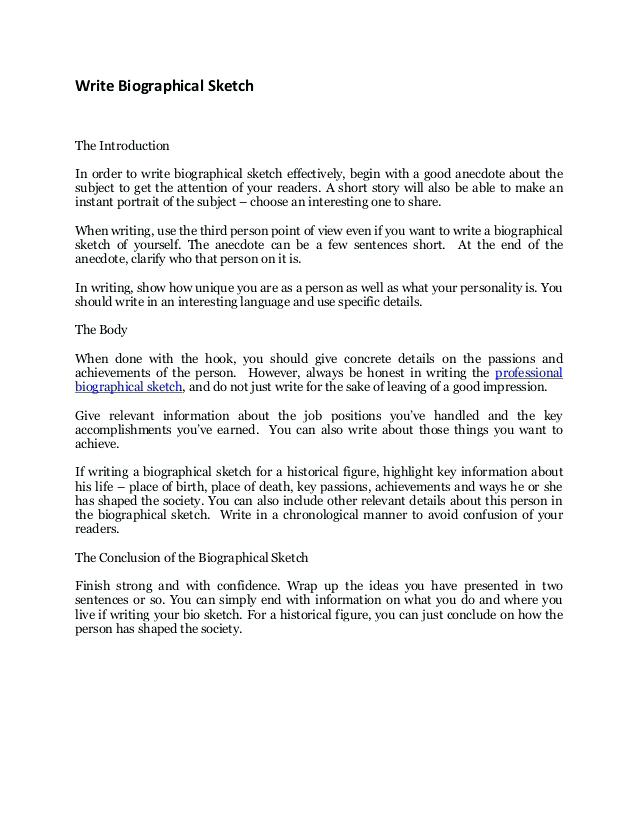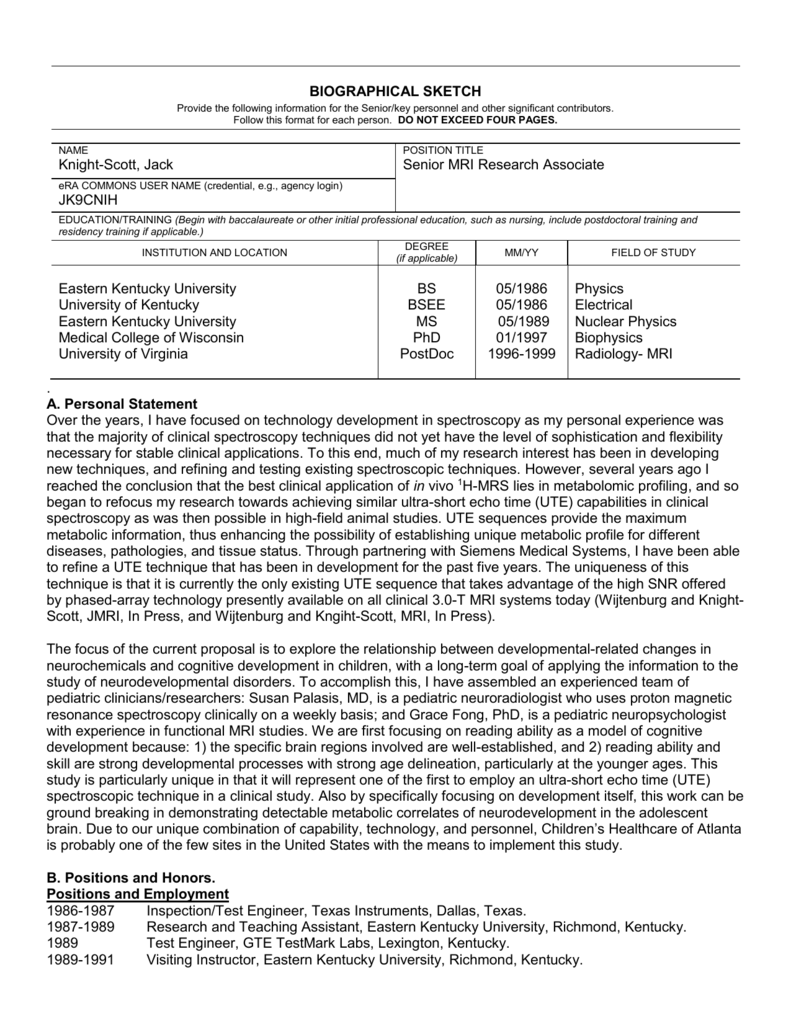

He has published four books and more than 70 peer-reviewed publications on herbicides and TCDD. Young has been involved with all phases of Agent Orange research, from testing and evaluation of dissemination equipment to environmental fate and health impact studies. Young was Visiting Professor and Senior Fellow with the Institute for Science and Public Policy at the University of Oklahoma in Norman. In 1987, he became a Science Advisor for the United States Department of Agriculture and in 1998, he accepted the position of Director, Center for Risk Excellence, United States Department of Energy in Argonne, Illinois. Young was assigned to the Executive Office of the President, Washington, DC, from 1983-1987, where he provided advice to the White House on the issues of Agent Orange and dioxin. His primary responsibilities were the establishment of exposure assessment protocols for the epidemiological studies of Vietnam veterans. Young was affiliated with the USAF Occupational and Environmental Health Laboratory (OEHL), Brooks Air Force Base, Texas, and the Environmental Epidemiology Unit of the Department of Veterans Affairs, Washington, D.C. His work at the Academy also included studies on the biodegradation of massive surplus quantities of Agent Orange.įrom 1978-1983, Dr. Young was an associate professor at the USAF Academy in Colorado Springs, Colorado, where he conducted studies on the environmental fate of TCDD (2,3,7,8-tetrachlorodibenzo-para-dioxin, a toxic impurity found in Agent Orange and often referred to as dioxin). At Eglin, he evaluated the environmental fate of herbicides and dissemination characteristics of the USAF aircraft used in South Vietnam. Young began his 21-year career with the United States Air Force (USAF) as a Project Scientist at the Armament Laboratory, Eglin Air Force Base, Florida. in Agronomy (herbicide physiology and environmental toxicology) in 1968 at Kansas State University in Manhattan. in Agricultural Science in 1964 and an M.S. He attended the University of Wyoming in Laramie, where he completed a B.S.

Young was born on August 3, 1942, in Laramie, Wyoming. Investigator Biographical Sketches (Biosketches) are required for most federal grant applications and provide an opportunity for the principal investigator.
#BIOGRAPHICAL SKETCH SERIES#
Changes to Biosketch and Current & Pending Support as of June 1, 2020Įlectronic Research Administration (ERA) Forum Webinar Series PAPPG - Proposal and Award Policies and Procedures Guide 2019 - See page 48 (II-14) for Biosketch information - Biosketches are limited to 2 pages per person.

Click the link above for content guidelines and the new format requirements for this section effective October 4, 2021. NIH Article ApLooking for Help Developing Your Biosketch? National Science Foundation (NSF) A biographical sketch is required for each individual identified as Senior Project Personnel on a NSF proposal. Samples, - Biosketches cannot exceed 5 pages per person. The National Science Foundation (NSF) has designated the National Institutes of Health’s (NIH) ScieENcv (Science Experts Network Curriculum Vitae) as an NSF-approved format and encourages faculty to use it to prepare all NSF and NIH biosketches. Sponsor's will throw out your proposal if you do not follow the rules. You MUST include all required elements in the document. Each sponsor has a set format for the information. Biographical sketches should follow the sponsor's guidelines.


 0 kommentar(er)
0 kommentar(er)
